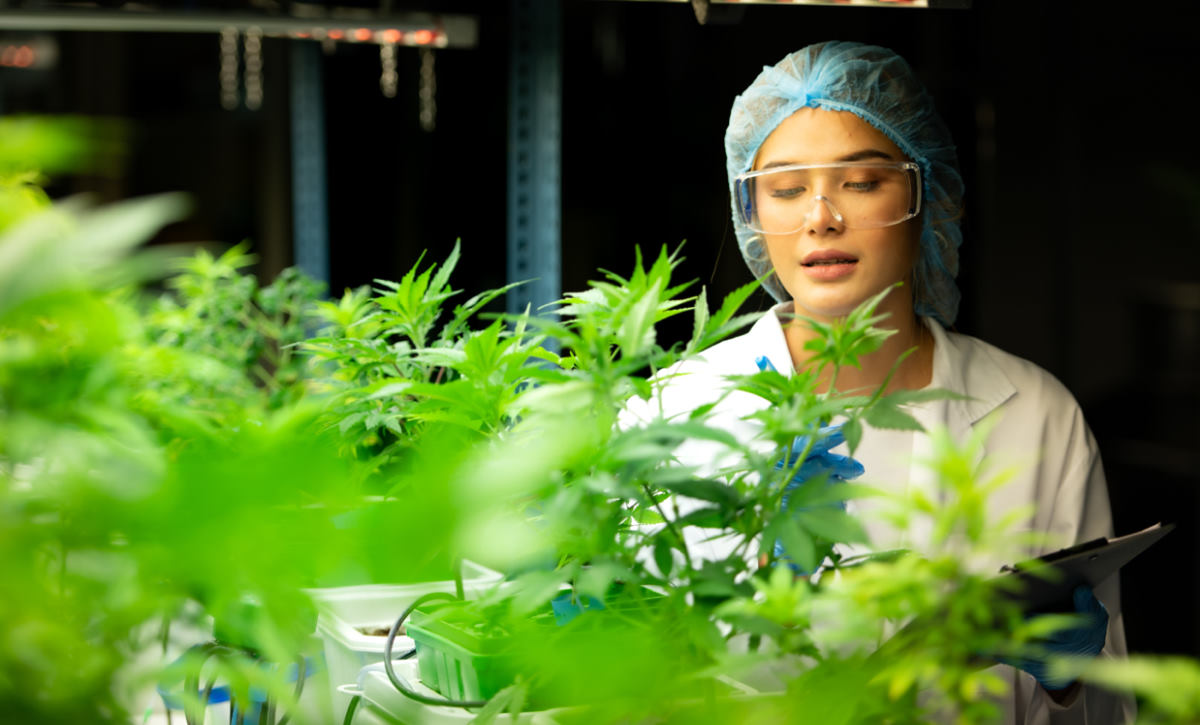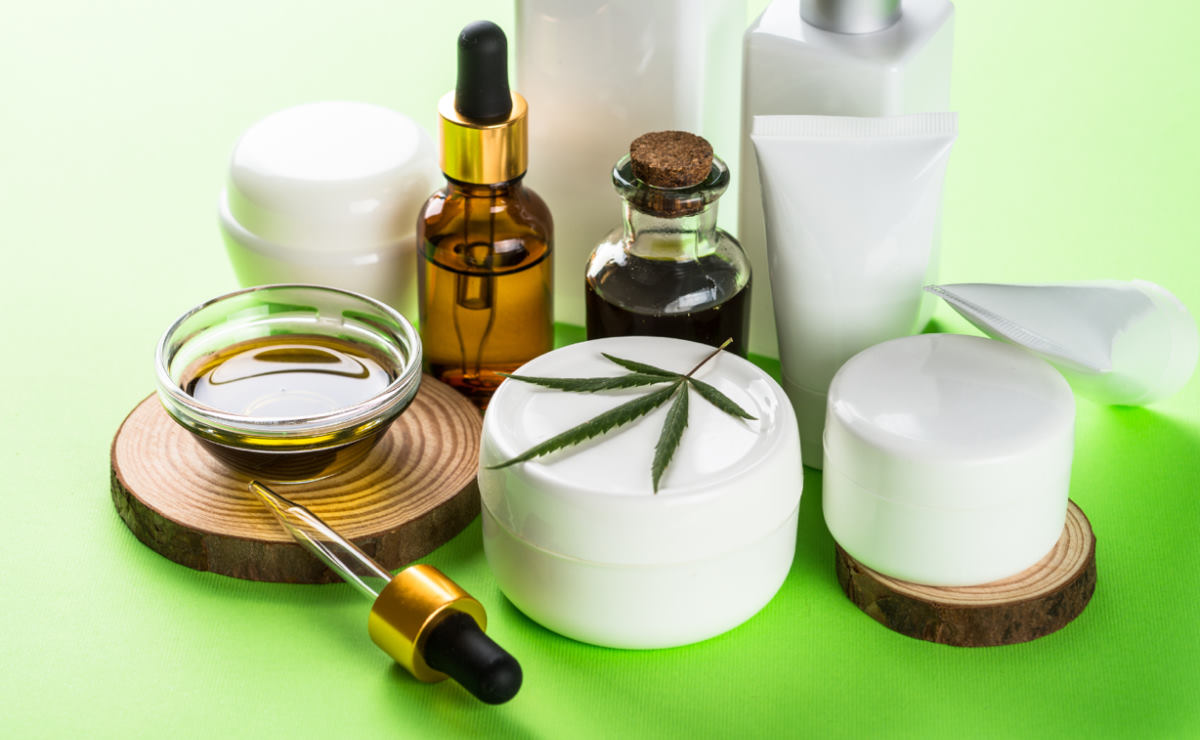Cannabis – in one form or another, has never been more popular than today. In a 2021 study, the Government of Canada reported that 49% of people age 20-24 had smoked marijuana in the past year. And the trend is not sparing our neighbours to the south either. Even though this sacred plant has been around for literally hundreds of years, people of all ages are smoking and eating it at record pace.
The Rise of Cannabis Use
Of course, there are a few reasons for the drug’s rise in popularity. To start, legalization has caught fire. The US states of Colorado and Washington were the first to legalize recreational pot in 2012, which spurred dozens of other states to follow in the coming years. Then in 2018, Canada legalized cannabis at the federal level.
A big reason for the sweeping legalization of cannabis was the discovery of its medicinal benefits. Most significantly, cannabis works wonders on chronic pain – a widespread condition in Canada and the US. After much research, it was determined that medical grade marijuana was able to pack more of a punch medicinally than many traditional drugs – all without the side effects. The main competitors in this arena are opiates, which are famously addictive and dangerous. That explains why 85% of Americans support the legalization of medicinal marijuana.
The final factor that could be playing a part in rising marijuana use is the ease of accessibility. Thanks to legalization, dispensaries are finally able to open in broad daylight. And they’ve done just that – creating some of the most tasteful storefronts on main street across the country. You can even buy cannabis from the government and have it shipped to your front door. Who would have thought?
Despite the widespread use of marijuana and the discovery of medicinal benefits, the drug still struggles to shake its controversial reputation. At the very least, there is a stigma that still exists. Whether it was the years of televised public service announcements, the D.A.R.E. program, or the ‘hippie culture’ of the early 60s, many people have not let go of their negative perception of the drug and its consumers. Unlike most other drugs, nearly everyone has an emotionally charged opinion on marijuana, and is willing to unleash that opinion on others.
Let’s get into some of the main misconceptions and myths about cannabis:
The Biggest Misconceptions
Cannabis is a ‘Gateway Drug’
We must start with perhaps the most famous misconception of them all – that cannabis is a ‘gateway drug’. This myth was peddled by the government and other groups in schools, television ads, and other programs for years. The idea of a ‘gateway drug’ is that by using it, you become more likely to get into more serious, hardcore drugs like cocaine and heroine.
But marijuana is not a gateway drug at all. The reality is, alcohol is much closer to a gateway drug, because when consumed in excess, people lose their fear of doing things they otherwise wouldn’t. If you’ve tried cannabis yourself, you know it certainly does not produce that same effect as alcohol. Cannabis also can’t be compared to pain killers and opiates, which over time encourage users to look for something stronger and more effective.
In 2018, the US Department of Justice compiled 70 years of research across 23 peer-reviewed studies to determine there’s “no causal link between cannabis use and the use of other illicit drugs”. While it’s true that many hardcore drug users use cannabis as well, the majority cannabis users aren’t injecting heroin or smoking methamphetamine. So, what looks like causation is certainly just correlation.
Cannabis Causes Cancer
The misconception that smoking cannabis causes cancer is not that far-fetched, considering the smoke is like cigarette smoke. When you smoke either, you inhale carcinogens which are certainly not good. The difference with marijuana is that even the most frequent cannabis smokers do not smoke enough to cause lung cancer. A 2006 UCLA study found “no association at all, and even a suggestion of some protective effect” between marijuana and lung cancer.

That’s right – not only does cannabis cause zero cancer, but it may also actually help treat patients with it. Amazingly, the American Cancer Society even came out and said “THC and other cannabinoids such as CBD slow growth and/or cause death in certain types of cancer cells”. While the studies have been small and only done in labs and on animals, the early results are promising. While it may happen one day, we are nowhere near relying on marijuana as a cancer treatment in sacrifice of the more conventional drugs.
Cannabis Use Equals Crime
The myth that smoking cannabis leads to crime has been around for decades, since before the birth of the 1960’s counterculture movement. Marijuana has been a schedule 1 drug alongside heroin and LSD since Harry Anslinger passed the Marijuana Tax Act, officially criminalizing the drug in 1937.
From there, the counterculture movement took over, which popularized LSD, psilocybin, and other psychoactive drugs. It was only natural for politicians and law enforcement to lump cannabis into that group, because at the time recreational drug users were considered criminals who would steal, rape and murder. Drugs were considered ‘bad’, and that’s all people really knew about them.
In 2019, the US National Institute of Justice set out to analyze the impact of marijuana legalization and decriminalization on state criminal justice system resources. They found that marijuana related arrests have continued to trend downward, lower past any point when the drug was illegal.
While marijuana’s black market certainly opens the door for criminal activity (like any other black-market product), being high on marijuana does not spur an individual to commit crimes. It’s quite the opposite. If you’ve smoked marijuana, you know that the high does not produce aggressive behaviour, but instead feelings of love and friendship.
In a 2021 study published in The Journal of the American Academy of Psychiatry and the Law, research set out to measure aggression in people who were drunk versus people who were high. Unsurprisingly, they found that “high-dose THC did not elicit aggressive responding”, while subjects in the high-dose alcohol condition set significantly higher shocks for their opponents than subjects in the low-dose alcohol condition.
You Can’t Get Addicted to Cannabis
Although the rates of addiction are much lower than other drugs, marijuana can certainly be addictive. It’s the THC component that is responsible (CBD is non-addictive). Keep in mind, people can also become addicted to gambling, chocolate, pornography or plastic surgery. What we’ve learned over the years is that people who are pre-disposed to addictive behaviour can become addicted to almost anything. In a 2008 study called ‘The Science of Addiction’, the National Institute on Drug Abuse found that “genetic factors account for between 40 and 60 percent of a person’s vulnerability to addiction”.

Although far less likely than becoming addicted to alcohol or cocaine, cannabis addiction is very real. In severe cases, people who are addicted can experience withdrawal symptoms like irritability, sleep difficulties, loss of appetite, and more. However, these symptoms can be overcome easily. Because the potential addiction to marijuana is mild compared to other drugs, an addiction is often referred to a ‘dependence’. After all, there’s a big difference between losing some sleep, losing your appetite, and being generally cranky for a few days than feeling the urge to break a car window to score another hit.
All Cannabis Produces a Similar High
One mistake you can make is assuming that all cannabis and related products will produce a similar high. It’s generally accepted that two species of cannabis plants exist: Indica and Sativa. While the science isn’t fully out on the differences, or if other strains exist or not, there are some noticeable differences between the two well-known types.
Indica has wider leaves, and typically leads to a more relaxing, sleepy high. On the other hand, Sativa has thinner leaves, and is known to produce a more psychoactive high. But for most people, the differences can be tough to point out. An upbeat and cerebral high for one person could be more of a mellow and sleepy high for someone else.
Where the real confusion happens is when smoking marijuana is compared with ingesting it. When you smoke cannabis, the THC enters your lungs where it then passes directly into your bloodstream and eventually your brain. But when you eat cannabis, the THC travels first to your stomach then to your liver before getting into your bloodstream and brain.
Everyone who has taken edibles knows about the extreme variation of highs you can get from edibles. A lot of that has to do with the dosages, which can sometimes be misleading (ie. It would be totally normal to eat a handful of gummy bears, but probably not a good idea to eat the same amount of cannabis infused gummy bears).
But dosage aside, the affects of edibles is still different. You can feel high seconds after smoking marijuana, but it could be hours before you feel the affects after ingesting it. And when the affects do come, they could take up to 4 hours to peek. When you smoke marijuana, the high can last up to 6 hours, but you’ll usually feel completely sober after 4 hours. However, when you take an edible, you could easily remain high for 8 to 10 hours, and even up to 12 hours.
References
American Cancer Society: https://www.cancer.org/cancer/managing-cancer/treatment-types/complementary-and-integrative-medicine/marijuana-and-cancer.html
Canadian Centre on Substance Use and Addiction: https://www.ccsa.ca/sites/default/files/2019-06/CCSA-Cannabis-Inhaling-Ingesting-Risks-Infographic-2019-en_1.pdf
Government of Canada: https://www.canada.ca/en/health-canada/services/drugs-medication/cannabis/research-data/canadian-cannabis-survey-2021-summary.html
Harvard Medical School: https://www.health.harvard.edu/blog/medical-marijuana-2018011513085
Journal of the American Academy of Psychiatry and the Law: https://jaapl.org/content/early/2021/12/10/JAAPL.210034-21
National Institute on Drug Abuse: https://nida.nih.gov/sites/default/files/soa_2014.pdf
U.S. Department of Justice: https://www.ojp.gov/pdffiles1/nij/252950.pdf (page 14)
U.S. Department of Justice: https://www.ojp.gov/ncjrs/virtual-library/abstracts/measuring-criminal-justice-system-impacts-marijuana-legalization-0
Washington Post: https://www.washingtonpost.com/archive/politics/2006/05/26/study-finds-no-cancer-marijuana-connection/ea496081-b529-4948-9960-9e725a376e5a/
